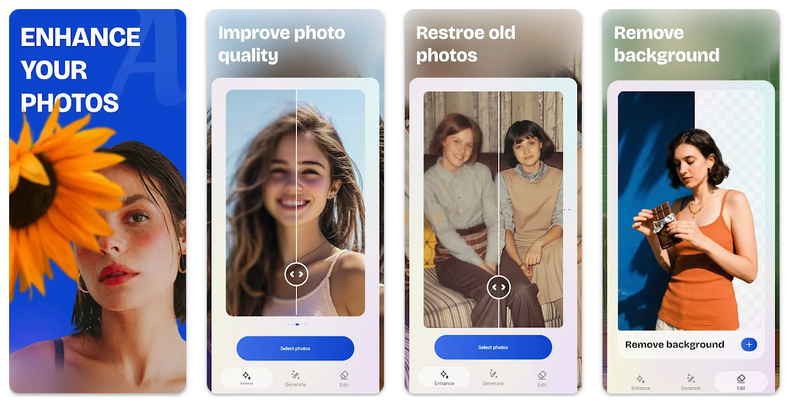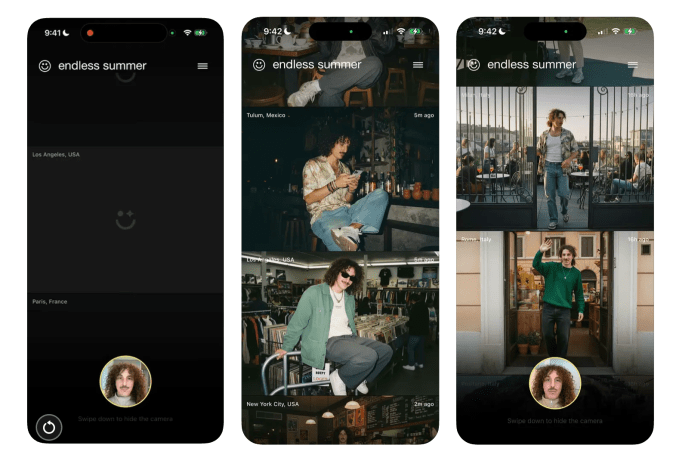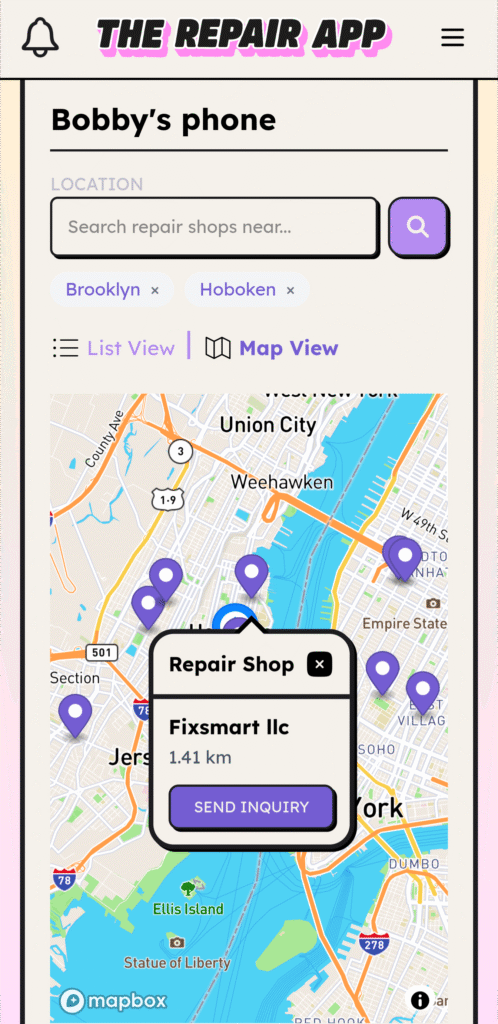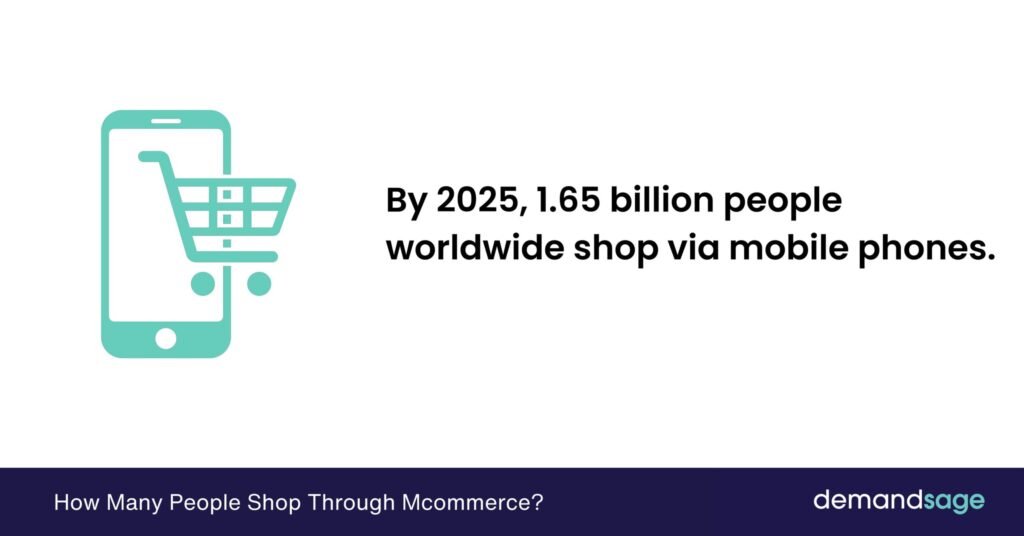Sometimes my nephew wants to watch monster truck videos on my iPhone so I’ll pull up a video on YouTube and hand him my phone. But if I get distracted by something else, he’s suddenly looking through my Amazon app and about to buy a monster truck toy — or five. Luckily, Apple lets you lock and hide apps so I can keep my nephew out of my shopping apps so I don’t suddenly have a $500 charge for various monster truck memorabilia.
When Apple released iOS 18 in 2024, the tech giant introduced a feature to lock certain apps on your iPhone. That way you can keep kids and others out of your apps. You can also hide certain apps in their own hidden folder so others are not tempted to open them and invade your privacy. So now I can hand my nephew my iPhone and not worry that he might get into something he shouldn’t be in.
Here’s how to lock and hide your iPhone apps for an extra layer of security.
Don’t miss any of our unbiased tech content and lab-based reviews. Add CNET as a preferred Google source.
How to lock your iPhone apps
1. Long press an app.
2. Tap Require Face ID.
3. Tap Require Face ID again.
Now every time you try to access this app, it will need your Face ID or passcode to open. You can’t lock every app on your iPhone. Some apps, like Camera, Find My and Settings can’t be locked. But you can lock most apps, such as App Store, Messages and third-party apps.
How to hide your iPhone apps
Hiding apps on your iPhone also locks them. It follows the same process as locking apps. Keep in mind this option isn’t available for all apps. In my experience, you can only hide third-party apps, such as Instagram and Twitter.
Here’s how you can hide these apps on your iPhone.
1. Long press an app.
2. Tap Require Face ID.
3. Tap Hide and Require Face ID.
Your iPhone will then ask for your Face ID or passcode, then it will ask if you’re sure you want to hide the app. A new menu will appear on your phone that says hiding an app will remove its icon and name from your home screen and place it in a Hidden folder in your App Library. The menu will also say you won’t receive any notifications from the app.
Tap Hide App at the bottom of the menu and your iPhone will hide the app. To see your hidden apps, swipe right until you’re in your App Library. Scroll to the bottom of the page where you’ll see a folder labeled Hidden with a symbol that looks like an eye with a line across it. Tap this folder and enter your Face ID or passcode. The folder will then display your hidden apps.
It’s important to note that if you do hide apps in the Hidden folder, you can still see those apps in other places on your iPhone, like in the Battery Usage menu in Settings.
How to unhide and remove locks
If you want to unhide or remove a lock from an app, long press on the app, tap Don’t Require Face ID and enter your Face ID or passcode. Your locked apps will now be unlocked and your hidden apps will be removed from the Hidden folder.
Unhiding apps doesn’t automatically put them back on your home screen. To add an app back to your home screen, go to your App Library, long press on the app and tap Add to Home Screen.
For more iOS news, here’s my review of iOS 26, as well as how to reduce the Liquid Glass effects and how to block spam calls in the update. You can also check out our iOS 26 cheat sheet.
Watch this: iPhone 17 Preorders Spike, Satellites Expose Unencrypted Data, Nvidia’s AI Personal Supercomputer | Tech Today





